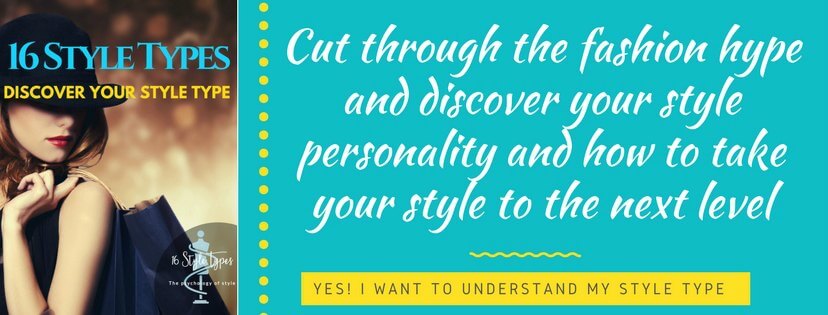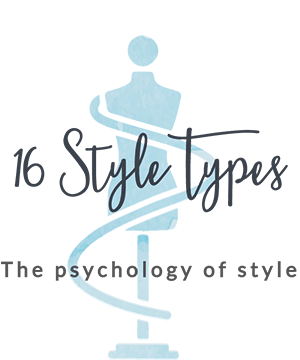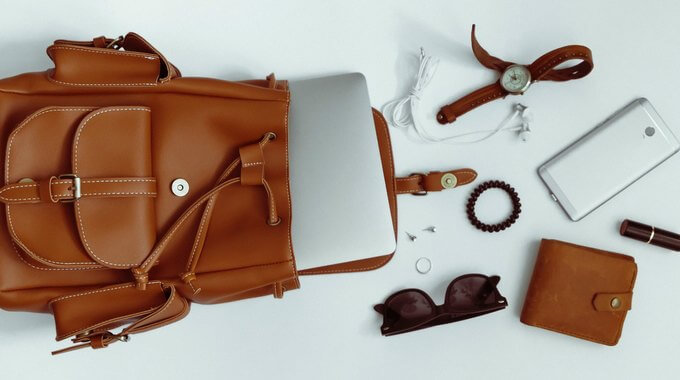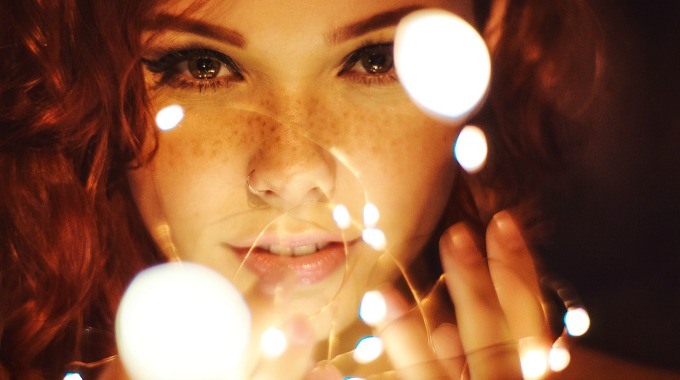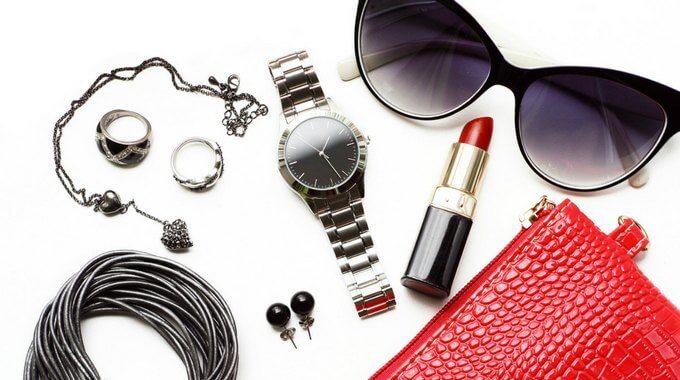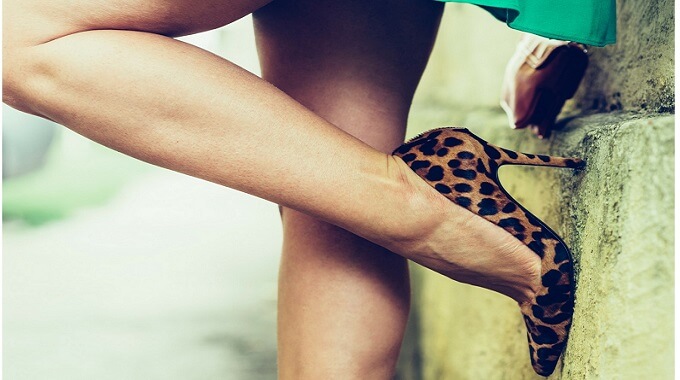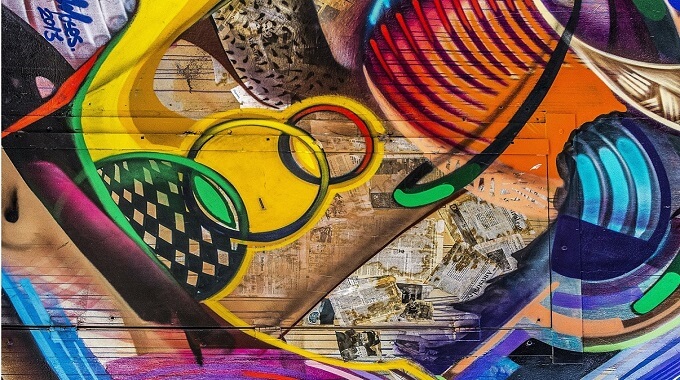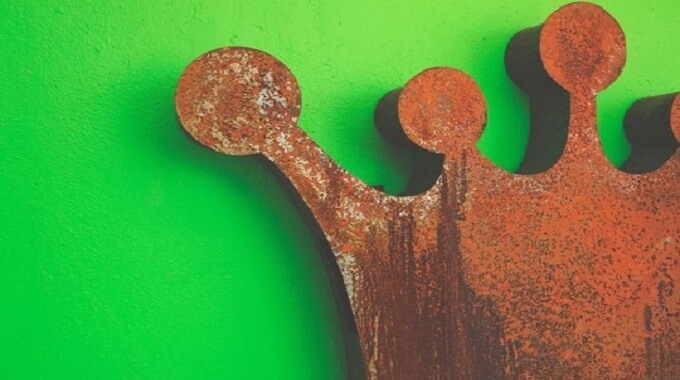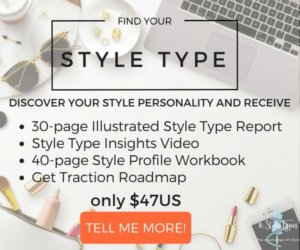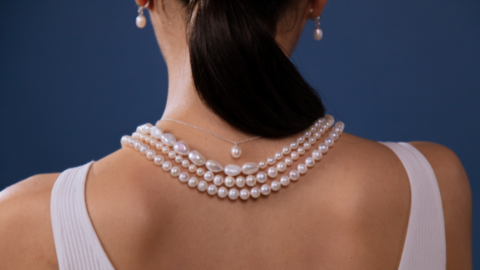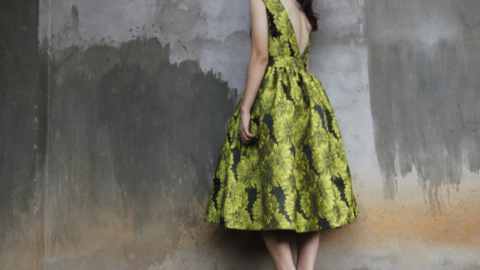16 Style Types is based on one of the world’s most trusted, respected and researched models of personality and personality development, the theory of psychological type. What we’ve done is applied style concepts to our deep and wide knowledge of this model, this theory of personality – “style through the lens of personality type”.
And as a result, we’ve opened the door into a world of style for many women who previously never had their approach to style acknowledged, let alone appreciated and honored.
In this article, we’re going to explore some of the fundamentals of this theory of psychological type.
Psychological type is based on reality. Reflect for a moment on your circle of friends, acquaintances, family and co-workers. Consider all the people you know and interact with on a regular basis. Now consider some of the differences you’ve picked up on.
These differences in personality may include: Friends who seek a solid stream of activity, they never seem to stop! As distinct from friends who hole up by themselves after work or on the weekends, they seriously need their “alone time”!
Consider the “big picture” people who seem to keep adding interests and hobbies—and switching careers—and how different they are to the “detail” friends who can be counted on to ensure that everything you might need on a girls’ weekend is packed and with you.
These are just a few examples of the infinite ways in which people can be different to one another. You probably have a raft of examples you can bring to mind when considering your own circles, right?
People are Pattern Seeking
We automatically compare and contrast how people behave. We can’t help it. Our brains seek patterns, including patterns of behavior in the people around us. We can use that information to adjust how we communicate, or to seek new friends, or to avoid repeating toxic relationships, or to adjust in any number of ways the way in which we interact with others – especially those who are very different to us (even if we don’t understand or can relate to the how’s and why’s of those differences).
Without this pattern making, we are left with the crazy assumption that the billions of human beings on the planet are all so unique that there are no common patterns to be found amongst them, and that nothing we’ve learned from past relationships can help us understand – and work around – these differences.
Understanding these patterns is not labeling or “boxing”. A better way to think of it is this: When you understand legitimate ways in which humans differ from one another, you are then equipped to make constructive use of those differences. And you also are then able to give the invaluable gift of assuming legitimate differences exist in those with whom we interact – other people’s differences and ways of being are as valid for them as yours are for you.
Psychological type is one of the most useful ways of identifying and working with personality patterns.
Where Psychological Type Began
Over a hundred years ago, a mother-daughter team in the United States, Katherine Briggs and Isabel Myers (yes, the originators of the Myers Briggs Type Indicator/MBTI® which uses the same theoretical framework as 16 Style Types) noticed a range of differences in family members, friends, neighbors and colleagues. Katherine wrote articles that captured their observations.
At the same time in Europe, the ground-breaking book Psychological Types by Swiss psychiatrist Carl Gustav Jung was translated into English. Jung was a contemporary of Albert Einstein, and he posited in Modern Man In Search Of A Soul that there were “four points to the ‘personality compass’ – sensing, intuition, thinking and feeling”, each indispensable. There are many excellent articles on the life and work of CG Jung that will further your understanding of this pioneering and visionary thinker.
Myers and Briggs spent their entire lives studying Jung and his theory of psychological types, which lead to the development of tools that others could use to improve their understanding of other people. The Myers Briggs Type Indicator® (MBTI®) was born in the early 1940’s and is still in use today, amongst other tools, surveys and processes which use the same theoretical concepts, with millions of people learning about their psychological type preferences every year around the globe.
Psychological Type Theory at its Core
At its core, psychological type is about normal differences in the information normal people trust (perception) and in how they make decisions (come to judgment).
This is why this theory is so useful for developing your personal style. Where do you get your style information? How do you know when a skirt or shirt or necklace or scarf or pair of shoes is “you”? How much do you need in your closet? We found psychological type patterns in these questions and many more during the research phase of 16 Style Types.
We’ll get into the basics of the theory of psychological type next. But know that while you can make use of the information immediately, the framework provides such deep insights into human nature that after around 50 collective years as practitioners – coaches, trainers, facilitators – we (Jill and Jane) are still making new discoveries and gaining new insights— such as 16 Style Types!
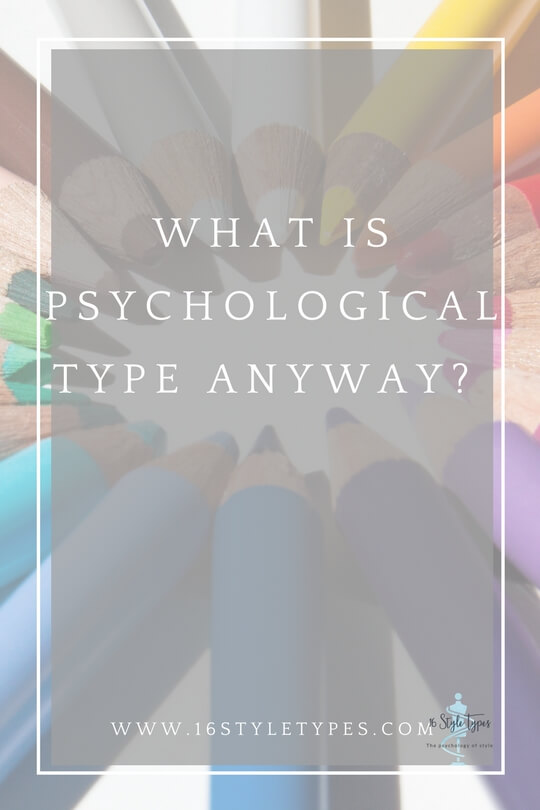
The Components of Psychological Type
The component parts of psychological type theory are often referred to as the dichotomies. They represent equal but opposite ways where each is consider legitimate and valid, although they are opposite and vastly different to one another.
It’s worth noting that when you understand, truly deeply understand, your type, you don’t think of it or experience it as a series of components. It comes together into what is called whole type.
But in its simplest forms and as a teaching tool, here are the psychological type dichotomies between each of the four letters in a type code:
Extraversion or Introversion
In psychological type terms, Extraversion and Introversion are about how we gain energy and where our energy is directed. Whether it’s through activities and interaction (Extraversion or “E” for short) or through solitude and reflection (Introversion or “I” for short). Yes, each of us do both (it’s insane to think of someone being “purely Extraverted” or “purely Introverted” – no such person could be psychologically healthy and exist in the world) – but equally it’s important to recognise that one of these (E or I) is your preferred world and you will use and need it over the other. More on Extraversion and Introversion here.
Sensing or iNtuition
This is the “detail” or “big picture” preference pair. Sensing (or “S” for short) types start with experience (past and present) and what their senses tell them—colors, textures, “feel,” and more, and are the pragmatic feet-on-the-ground types. iNtuitives (or “N” for short) start with their possibilities, options, hunches or impressions—what they see sparks other ideas. Each of us does both, but our preference for one over the other means we will have a tendency to start with the details or start with the big picture, indicating our preference for S or N. More on Sensing and iNtuition here.
Thinking or Feeling
This is the deciding or assessing preference pair. Thinking (or “T” for short) types use logic, analysis, an objective reasoning process to come to decisions. Feeling (or “F” for short) types tend to step into the shoes of others to see how decisions might affect them, a subjective process. Both are considered rational ways of making decisions. There are plenty of Thinking women, about 40% of us, but the world still stereotypes women as Feelers and men as Thinkers. This is one of the reasons that psychological type is far more useful in improving relationships than a simple “Men are from Mars...” approach! More on Thinking and Feeling here.
Judging or Perceiving
This last pair describes our approach to the outer world and our environment. Do we prefer to come to closure, plan our work and work our plan? If so, we prefer Judging (or “J” for short) and use our Judging function (Thinking or Feeling) in the outer world, and our Perceiving function (Sensing or iNtuition) in the inner world. OR do we prefer to stay open and flexible? If so, we prefer Perceiving (or “P” for short) and use our Perceiving function in the outer world and our Judging function in the inner world. More on Judging and Perceiving here.
The Dynamic Nature of Psychological Type
And if you find all of this fascinating, you might also enjoy our article on the dynamic nature of psychological type, and why we are not the sum of our four letters. You’ll find that here.
It’s All About How You Look
Note that just as you can use either your left or right eye to look through the lens of a camera or telescope, you can use all of the above preferences. But when you peer down into a microscope or through a telescope, you favor using one eye over the other, right? And usually you can’t look through a telescope with both eyes at the same time. These psychological type preferences work the same way.
16 Style Types, each with their own values, processes, and blind spots around a huge variety of applications, including career choice, relationships, communication, spirituality, conflict resolution, study habits, leadership, relationship needs— just to name a few! The more you learn about psychological type (and we encourage you to search quality articles on the theory and application), the more you realize this model of personality development has huge depth and sophistication.
One of the newest applications of psychological type is to style – which is what we have done with 16 Style Types! Our goal is to help you discover and embrace your unique style approach, including creating the ideal wardrobe and journeying down your unique and beautiful style path.
Discovering the Super Styles
Our work into the relationship between psychological type and style has led us to discover there are four Super Styles (that’s what we’ve called them) that stem from a combination of the two middle letters of your type (this is called a function pair). Find out more about the Super Styles and what your Super Style tells you about your approach to style here.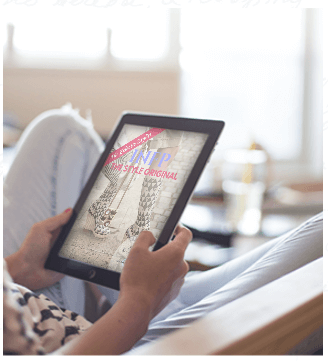
Discover your Style Type
Taking the correlation between style and type one step further, you can delve more deeply into exploring your style essence with your Style Type Report. This invaluable tool will not only explain your approach to style, but also provide you with a blueprint to further develop your style in a way that is authentic and true to your psychological type.
